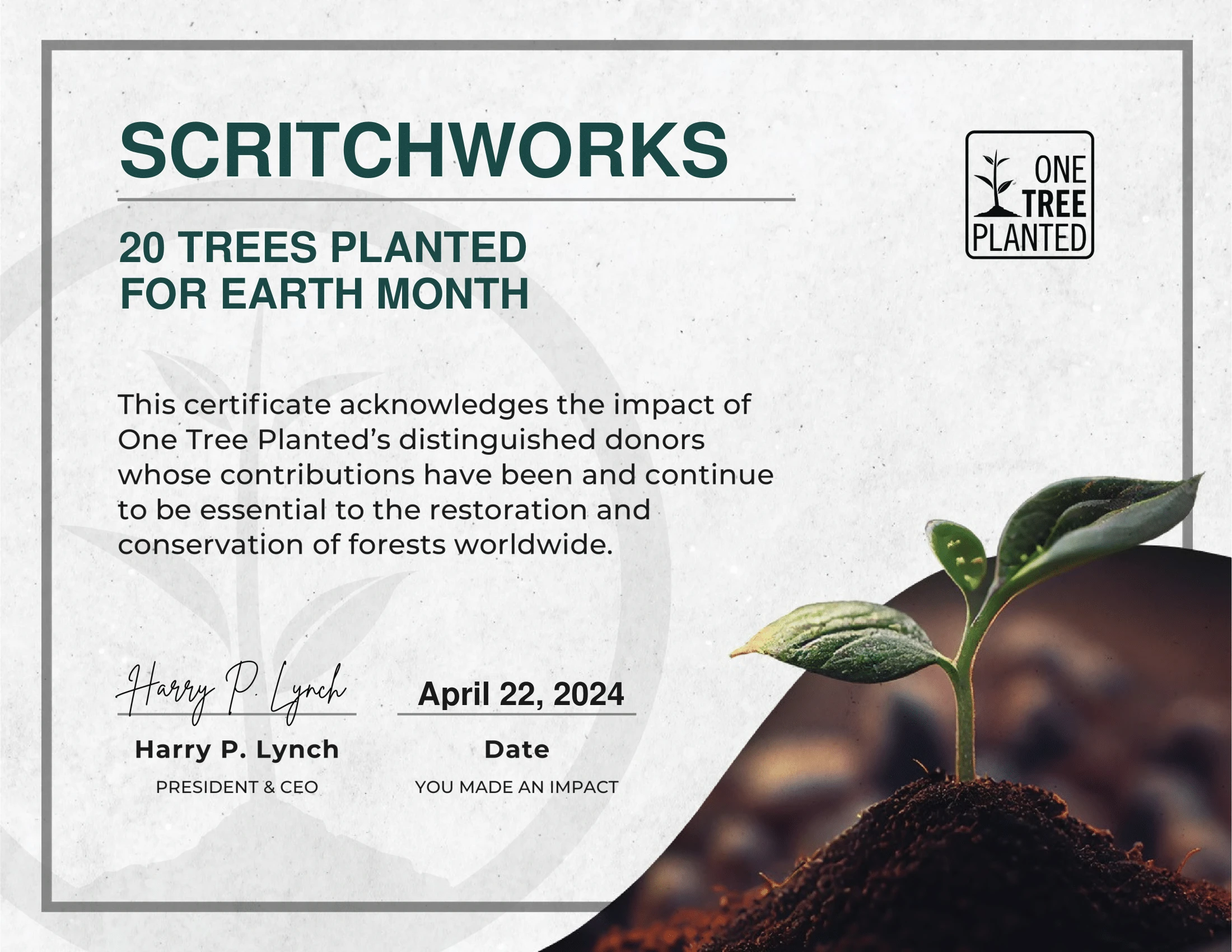The ScritchWorks site was built with efficiency in mind, and is the first website I have excelled at this. Assets such as scripts include JS and CSS are both clean and fast. No frameworks were used other than Tailwind, but the resulting CSS is minimal. Backend scripts are quick and minimal, only occasional API calls to Trello and Picarto to determine queue and streaming status.
It is mobile friendly and has been rated near perfectly in performance via Google's Pagespeed Insights.
This site was also designed with accessibility in mind and follows the standards set out by WebAIM. It was tested with assorted colorblind configurations, supports screen readers, features alternative text on images, passes contrast reports, and is built with applicable HTML standards.
The Website Carbon Calculator reports that this site produces an estimated 0.18 g of CO2 per visit, cleaner than 82% of tested websites. This is reported to be the C02 output of roughly two trees per ~10,000 viewers per year. The largest contributors are the images hosted.
As of January 3rd, 2024
CO2 has been reduced to 0.13 g per visit, cleaner than 87% of tested websites, and the output of only one tree per ~10,000 viewers per year!
As of January 17th, 2025
CO2 has been reduced to 0.12g per visit, cleaner than 88% of tested websites, and the output of only one tree per ~10,000 viewers per year!
In order to help offset these numbers, I donated $20.00 to One Tree Planted on April 22nd, 2024 (Earth day!) to plant an estimated 20 trees in assorted forests around the world! While my goal remains to personally plant the trees needed to offset the carbon, I have learned that it is actually quite a tricky feat to do on a whim.
I would give more in the meantime, but I am but a small Ferret (Who doesn't make a whole lot of money!).

1. Eventually, the images used to reference art styles will be modified to have a consistent scale and better support for assorted screen sizes. This will help reduce bandwidth usage for mobile clients, which make up sizable viewer base, especially during conventions.

